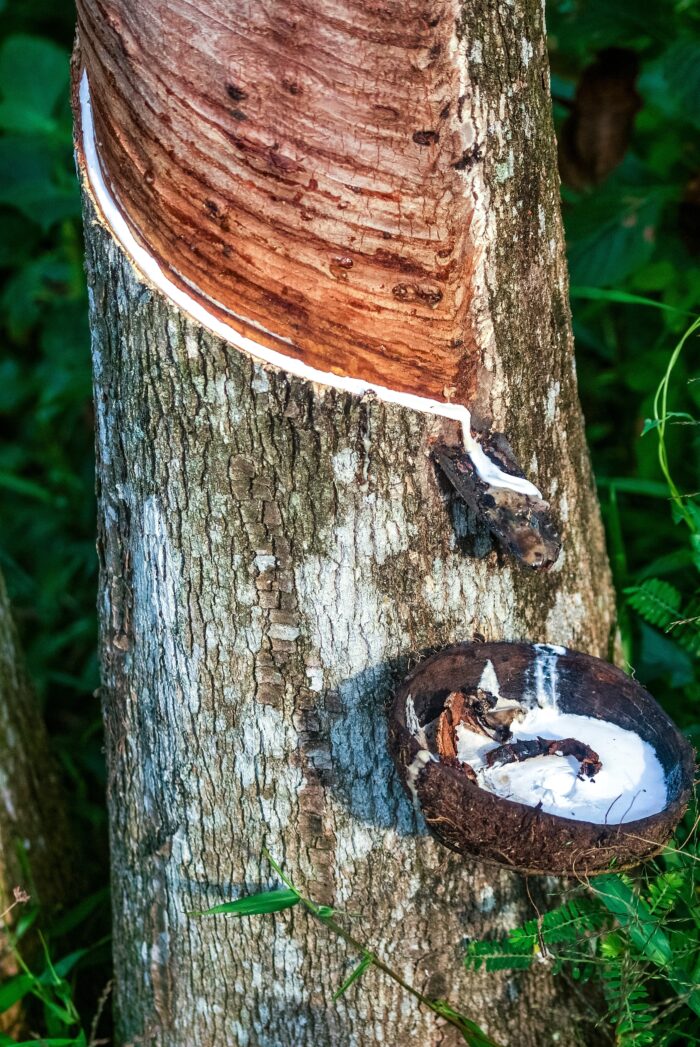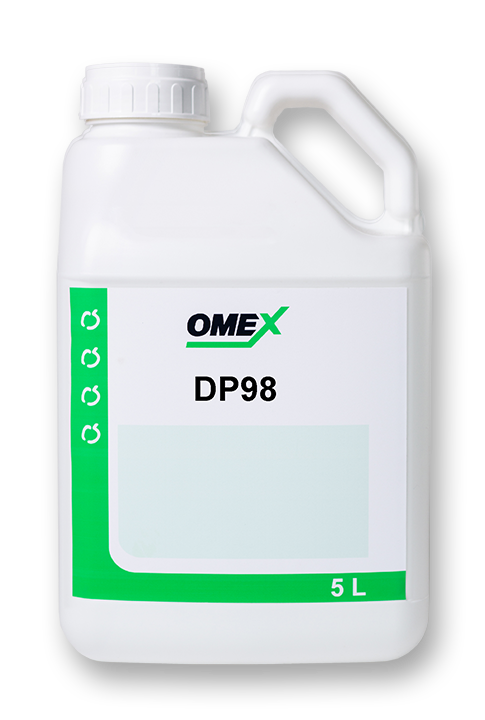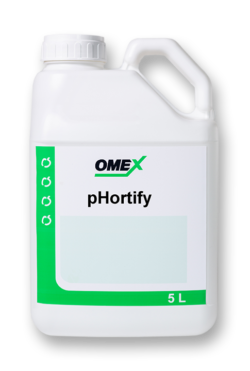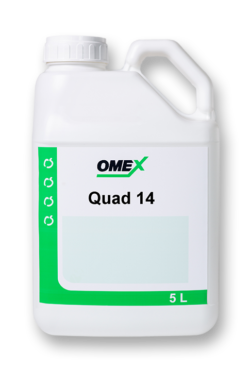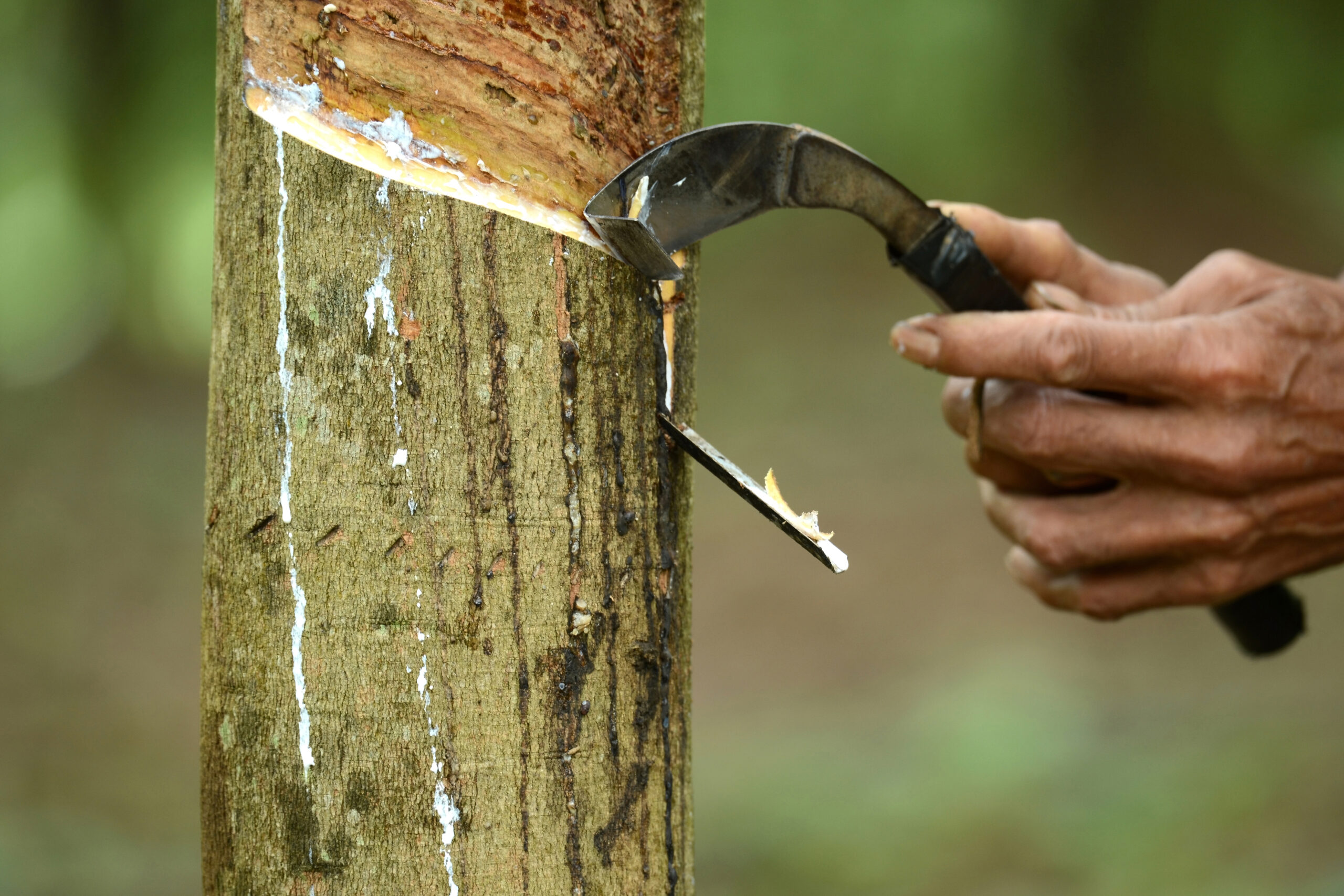
Exploring the use of phosphite as an alternative to classic chemical fungicides by Dr Terry Mabbett
RUBBER is grown for its latex bled from the tree by peeling narrow strips of bark from the trunk.
Trees are wounded but in an organised and meticulous way with respect to age and size of the tree. Rubber trees have a strong capacity to repair damaged bark and be re-tapped. However, tapped rubber trees are still susceptible to invasion by wound-infecting pathogens including pathogenic fungi, plant pathogenic bacteria and fungus-like Phytophthora pathogens.
Scientists right across agriculture, and irrespective of climate, region and crop, continue to look for alternatives to classic chemical fungicides. Much attention continues to be focussed on so-called elicitor chemicals, which can elicit an anti-microbial response in the host plant, rather than acting directly on the pathogen, in this case Phytophthora palmivora.
A number of potential candidates are under scrutiny with most attention on the phosphite ion which results from the dissociation of phosphorous acid. While investigations into the potential use of phosphite as an elicitor chemical against Phytophthora palmivora on rubber have been limited, exactly the same Phytophthora on cocoa (causing pod rot and stem canker) can be suppressed under field conditions by using phosphite as an elicitor.
Using phosphites to suppress panel disease
Other tree crops like avocado, durian and macadamia which also suffer from Phytophthora infection and disease are now being treated with phosphite instead of a chemical fungicide. Phosphite has been applied in a number of different ways including foliar sprays, tree trunk injection, soil drenches and by paintbrush over stem canker infections.
OMEX has three key, phosphite-based products, OMEX DP98, OMEX Quad 14 and OMEX Phortify, used for their all-round nutrient capacity and the phosphite ion’s role in mobilising the inherently sluggish calcium nutrient. Calcium is the classic plant strengthening nutrient and as such assists in the prevention of pathogen infection and suppression of disease.
Panel disease presents a unique situation for the potential use of phosphite with an established biostimulant dimension to its nutrient action and activity. And not only for enhanced host resilience against the disease but with additional possible potential for stimulation of rubber latex production and flow, along with accelerated wound healing and bark regeneration. On these counts alone, phosphite is worthy of more wide-ranging investigation.
To read the full article please click here: A phosphite pathway to the suppression of panel disease FEAG 2 2023
For more information on the use of phosphites as an alternative to classic chemical fungicides or any of our products please contact us: 

